Jan 13 2015
Please can you give a brief introduction to the BioDigital Human?
The BioDigital Human is an interactive, virtual model of the human body that addresses huge deficiencies in health education and communication. From diagnosis to drugs to devices, the human provides an engaging way to really understand complex health information.
How was the BioDigital Human developed?
Prior to launching the software platform, BioDigital spent a decade helping a range of customers in healthcare visualize their health information.
Academia, providers, pharmaceutical and device companies have used our 3D technology to more effectively communicate their concepts.
The BioDigital Human solves the same problems but in a much more cost effective, cloud-based, scalable way.
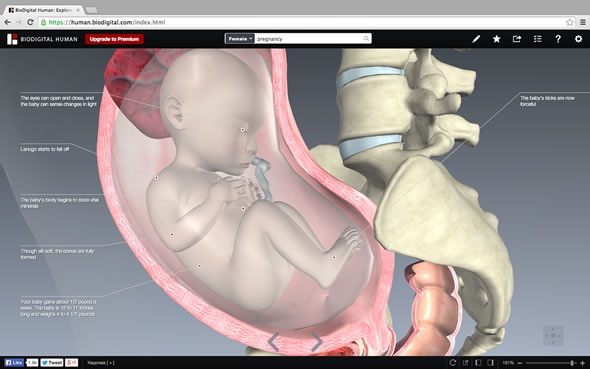
Who is the technology aimed at?
The technology is helping a wide spectrum of people at organizations in healthcare, from a surgeon learning a surgical procedure in a third world country all the way to a parent trying to really understand their child's heart problem.
It’s a robust platform to power applications across healthcare. The aim is to change the way people view health information.
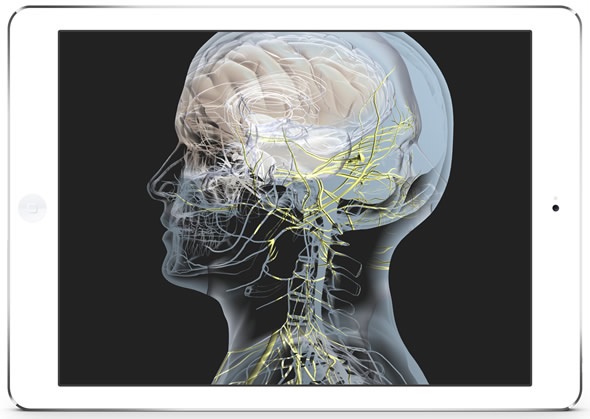
How medically accurate is the virtual body?
Extremely accurate. We're a very scientific company and we have deep academic roots and partnerships. Scientific accuracy is paramount in our priorities and we work very hard on scientific details.
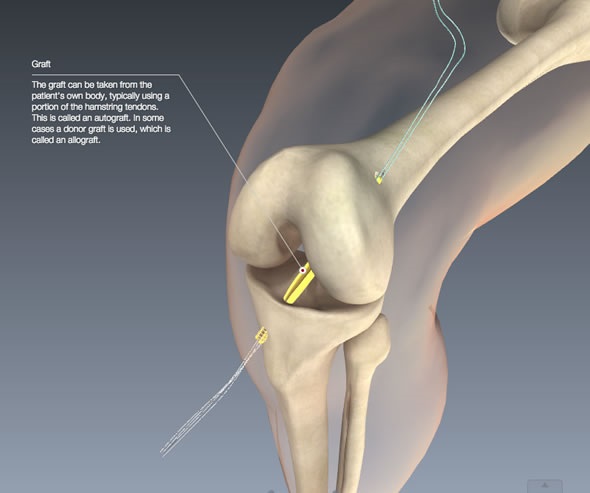
What impact do you think the BioDigital Human will have on education and disease management?
Studies show that 9 in 10 people don't fully understand the information provided to them. The first step in managing health problems and lowering costs is empowering people with information to make informed decisions.
Seeing and really understanding what's happening within the body will have a large impact on behavior. For instance, we're currently validating the impact on preserving the limbs of diabetic patients. The hospital is using the BioDigital Human on tablets. It's a customized version that shows diabetic patients what's happening within their bodies and what the likely outcome will be if they don't properly follow their treatment regimen.
Part of the study will be measuring compliance with their treatment regimen and ultimately, whether that results in fewer limbs being severed.
What feedback have you received from users so far?
In addition to the businesses using Human, we have over a million and a half users. The feedback has been incredibly valuable. We've seen the Human not only used in obvious places, like the medical student education, but also in communicating disease and treatments, and in things like proper exercise techniques. The use cases are quite varied.
How does the BioDigital Human compare to other products on the market?
The BioDigital Human is the first virtual body platform, with platform being the key word. It's highly customizable to help a wide range of organizations like publishers, device companies, pharmaceutical companies, and, of course, healthcare providers solve education and communication problems.
In what ways will you be looking to improve the BioDigital Human going forwards?
Traditionally, 3D has been very expensive and the development is a large burden. We're enhancing our architecture to make 3D accessible and intuitive, and readily available for use in other applications so that 3D technology can finally be used ubiquitously in health education, training, and communication.

Why has 3D been such a challenge previously?
Distribution has been a challenge. 3D wasn't well supported on most platforms, from mobile to web. That has changed, primarily driven by the gaming industry.
We are now able, through this cloud model, to provide the framework on which other people can build applications. That should significantly lower the barriers for people to utilize 3D technology.
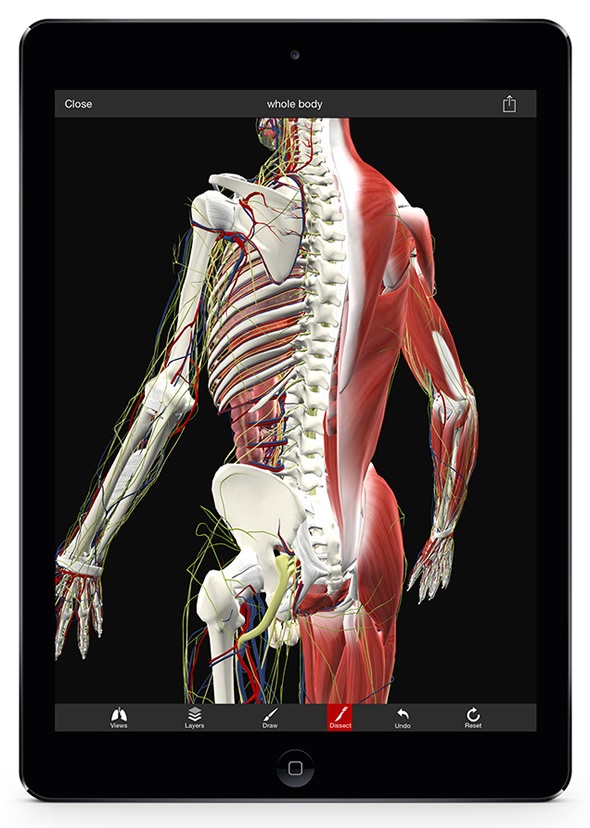
What are BioDigital’s plans for the future?
We've seen the impact 3D has had on gaming, on movies, and even on ways we navigate our planet. There are things like Google Earth. Our team is working tirelessly to have an even more profound impact in health.
Nowhere, really, does 3D make more sense than in representing the body. By nature, it's 3D and dynamic.
Do you have any plans to move into the veterinary space?
There are no plans at the moment. We're staying focused on humans, but that's not to say we wont open the platform to support that type of 3D modeling in the future.
Where can readers find more information?
The website address is: Biodigital.com
And we would welcome inquiries and feedback at: [email protected]
About Frank Sculli
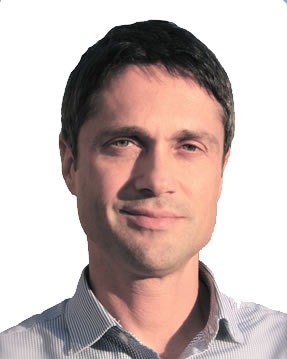 Cofounder and CEO of BioDigital
Cofounder and CEO of BioDigital
Frank cofounded BioDigital in 2003 on the premise that advancements in 3D and information technology will transform the way we understand health and medicine. With a focus on health literacy, BioDigital looks to empower patients and professionals with engaging, understandable health information and Frank continues to use this vision to drive innovation.
With extensive experience in management and internet technology, Frank leads product development and has consulted to numerous prestigious medical institutions. Prior to cofounding BioDigital, Frank worked in R&D at Honeywell, and later as a consultant to major organizations such as Memorial Sloan-Kettering Cancer Center, the Bank of New York, Pfizer and the Pennsylvania Treasury Department.
Frank holds a Master of Science in Engineering from Columbia University and received his bachelor’s from the University of Michigan.